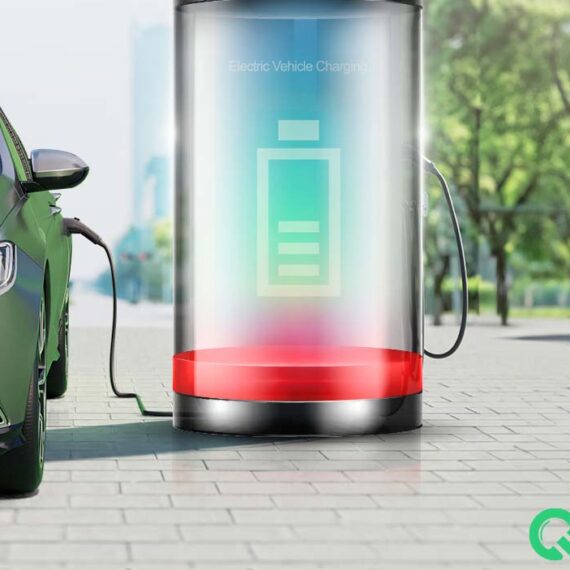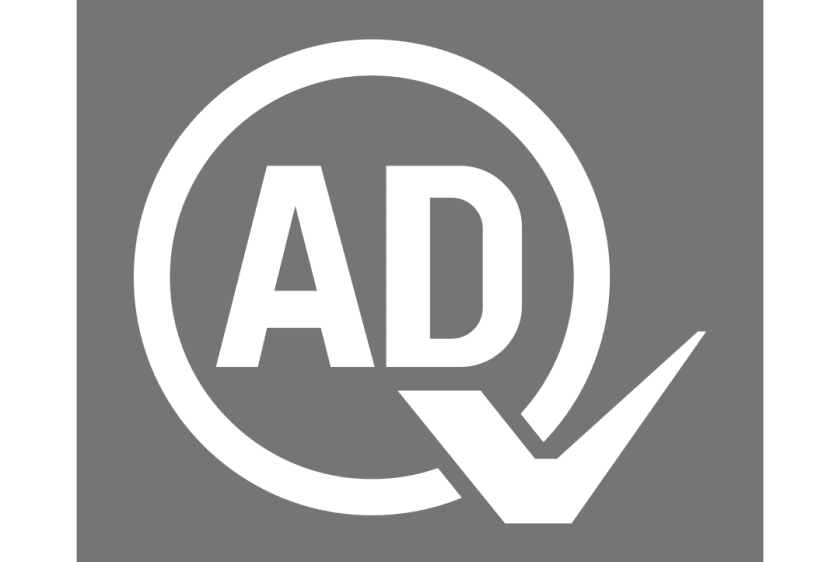The global shift toward electric vehicles (EVs) is accelerating, making a robust EV charging infrastructure essential.
Whether you’re an EV owner, business operator, or policymaker, understanding electric vehicle charging station requirements is crucial.
This comprehensive guide covers everything from charging station power requirements to safety regulations, installation costs, and licensing procedures.
By 2025, governments and businesses worldwide are expected to expand public charging networks, enforce stricter safety standards, and introduce new incentives for home and commercial charging stations.
This guide will help you navigate the latest EV charging regulations, optimize your setup, and ensure compliance with evolving industry standards.
Understanding EV Charging Infrastructure: Key Components

A well-designed EV charging station consists of several critical components:
- Power Source – Must meet electric vehicle charging station power requirements (Level 1, Level 2, or DC Fast Charging).
- Charging Connector – Compatible with different EV models (e.g., CCS, CHAdeMO, Tesla Supercharger).
- Control System – Manages electricity flow, user authentication, and payment processing.
- Safety Features—Includes fire extinguisher requirements, surge protection, and emergency shut-off mechanisms.
Types of EV Charging Stations
There are three primary charging station types, each with distinct power and speed capabilities:
| Charging Type | Power Requirements | Charging Speed | Best For |
|---|---|---|---|
| Level 1 | 120V AC (Standard Outlet) | 3-5 miles/hour | Home charging, overnight use |
| Level 2 | 240V AC (Dedicated Circuit) | 12-80 miles/hour | Homes, workplaces, public stations |
| DC Fast Charging | 480V+ DC | 60-100 miles in 20 mins | Highways, commercial hubs |
Understanding these electric vehicle charging station requirements helps users and installers choose the best option for their needs.
Public Charging Stations: Compliance & Accessibility
Public EV charging stations are expanding rapidly, but they must adhere to strict charging station regulations. Key considerations include:
1. Washington State Electric Vehicle Charging Station Requirements
- Permitting & Zoning – Stations must comply with local building codes.
- ADA Compliance – Accessible parking and user interfaces for disabled individuals.
- Fire Safety – Adherence to electric vehicle charging station fire extinguisher requirements (typically a Class C extinguisher).
2. Payment & Network Accessibility
- Membership vs. Open Access – Some networks require subscriptions, while others allow pay-per-use.
- Real-Time Availability – Apps like PlugShare and ChargePoint help locate nearby stations.
3. Power & Grid Demand Management
- Load Balancing – Prevents grid overload during peak hours.
- Smart Charging – AI-driven systems optimize charging times based on electricity demand.
Residential Charging Solutions: Installation & Incentives
For EV owners, home charging stations offer convenience and cost savings. Here’s what you need to know:
1. Home Charging Station Installation
- Electrical Upgrades – Older homes may need a panel upgrade for Level 2 charging.
- Permits & Inspections – Local authorities often require approvals before installation.
- Professional Installation – Always hire a certified electrician to ensure charging station safety requirements are met.
2. Financial Incentives & Rebates (2025 Updates)
Governments and utilities offer incentives to reduce costs:
| Incentive Type | Coverage | Potential Savings |
|---|---|---|
| Federal Tax Credit | 30% of installation cost (up to $1,000) | 300−1,000 |
| State Rebates | Varies by location (e.g., CA, NY, TX) | 500−2,000 |
| Utility Discounts | Off-peak charging incentives | Reduced electricity rates |
Check local programs to maximize savings on your home EV charging setup.
Safety & Maintenance: Keeping Charging Stations Reliable

To ensure long-term functionality, follow these best practices:
1. Electric Vehicle Charging Station Safety Requirements
- Fire Prevention—Install Class C fire extinguishers near stations.
- Weatherproofing—Outdoor stations must resist rain, snow, and extreme heat.
- Surge Protection – Protects against power fluctuations.
2. Routine Maintenance Checklist
- Monthly Inspections – Check cables, connectors, and software updates.
- User Support – Provide clear troubleshooting guides for common issues.
- Emergency Protocols – Train staff on shutdown procedures in case of malfunctions.
FAQ: Electric Vehicle Charging Station Requirements
1. What are the electrical requirements for a charging station?
- Level 1: 120V outlet (standard household).
- Level 2: 240V dedicated circuit (similar to an electric dryer).
- DC Fast Charging: 480V+ commercial-grade power supply.
2. How much does it cost to start an electric car charging station?
- Home Station: 500−2,000 (after incentives).
- Commercial Station: 10,00050,000 (depending on power capacity).
3. How to get a license for an electric vehicle charging station?
- Check local EV charging station licensing rules (varies by state/country).
- Obtain permits, pass inspections, and comply with safety regulations.
4. Are there specific fire safety rules for EV charging stations?
Yes, most jurisdictions require:
- Class C fire extinguishers (for electrical fires).
- Proper ventilation (especially for indoor stations).
- Emergency shut-off switches.
Conclusion & Next Steps
As EV adoption grows, understanding electric vehicle charging station requirements is essential for homeowners, businesses, and policymakers. From power needs to safety compliance, this guide covers the latest standards for 2025.
Need help setting up an EV charging station?
📞 Contact QuikRev today for expert consultation!
🔗 contact us





